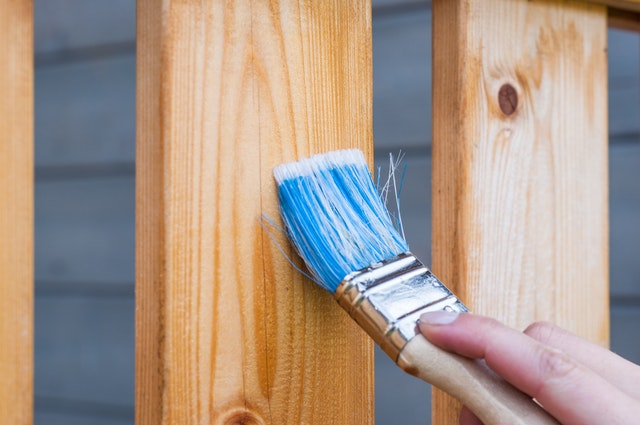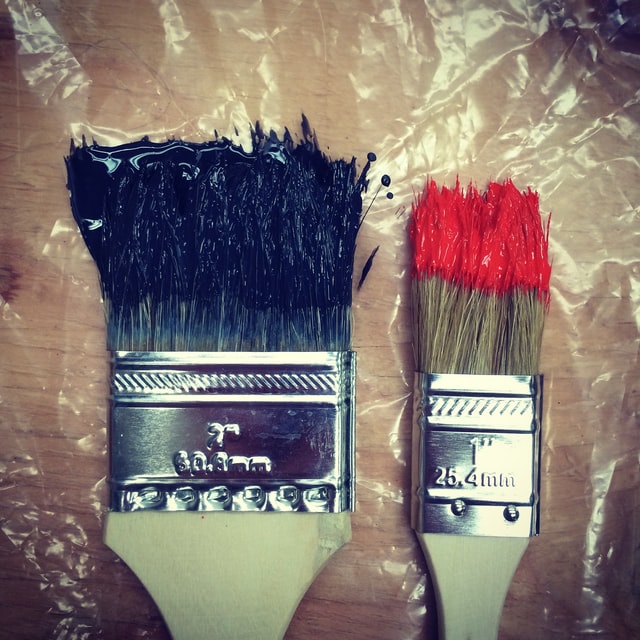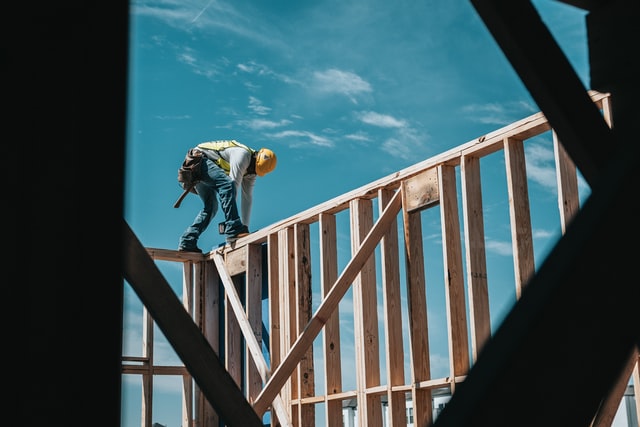This extract has been taken from “Better Homes and Gardens, Books Des Moines, Iowa”. Wall Painting is any piece of artwork painted or applied directly on a wall, ceiling or other permanent surfaces. “Painters Washington DC” shares some interesting facts on this topic.
Walls
The quickest way to transform a bath is to change the look of its walls. Whether you choose paint, wallpaper, paneling, or tile, remember that a bathroom wall covering must stand up to heat, moisture, and frequent cleaning. Mixing and matching materials for their strengths in different areas works well, especially if the bathroom is divided into compartments.
Paint
Paint is the least expensive covering for walls and ceilings, and it’s the most easily changed for cosmetic makeovers. Besides choosing a color, you’ll also need to settle on a finish type, from flat to high- gloss. Gloss and semigloss finishes work best in bathrooms, because they repel water and clean easily. Glossier paints exaggerate all the lumps and bumps on a wall, however, so they must be applied to a flat, smooth surface.
Traditionally, alkyd (oil-based) paints out- lasted their latex (water- based) counterparts, but newer their latex formulations now rival alkyds for durability. Alkyds dry slowly and require paint thinner instead of soap and water for cleanup. Also, the use of alkyd paints is restricted in some parts of the country because of concerns they damage the environment.
If you want to cover a tile, glass, or porcelain surface, use an epoxy paint. Whichever paint you use, be sure to follow the manufacturer’s instructions for preparation and application. Most surfaces must be primed to ensure proper paint adhesion. The majority of any painting job is preparing the surface you plan to paint and masking and draping surfaces you wish to keep free of paint. Though painting walls is an easy do- it – yourself project, you’ll need a patient, steady hand (and a good brush) when cutting in around fixtures and cabinets.
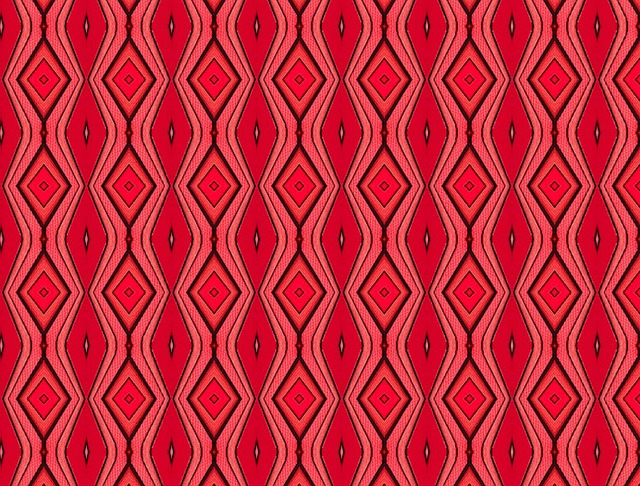
Wall coverings
Wallpaper and vinyl coatings come in many colors, patterns, and textures- some with a pre-pasted adhesive coating that only needs to be dampened to adhere to the wall. It’s best to limit wall coverings to bathroom walls; don’t ask for trouble by preparing the ceiling of this naturally humid room.
All bath wall coverings should resist moisture and hold up to frequent scrubbing. Ordinary wallpaper is not the answer Vinyl coverings
(particularly vinyl that is laminated to fabric) weather bathroom conditions much better products labeled” scrubbable” will tolerate more abrasion than
“washable” ones.
Most wall coverings can be applied to a solid, clean surface. Strip or steam off old wallpapers first, and thoroughly wash the stripped walls with a trisodium phosphate cleaner (or a suitable phosphate- free substitute). Some wall coverings require you to size the walls before hanging them. Sizing is the equivalent to priming a wall with paint.
Wood
Wood adds natural warmth that complements many interior design schemes. As a wall- surfacing material, it comes in the form of premilled solid wood wainscoting or tongue- and- groove bead- board, veneered plywood, or melamine- surfaced hardboard. Both solid wood and plywood – backed veneers must be coated with urethane or another water resistant coating. Hardboard panels coated with melamine (a thin layer of white plastic) are well suited for baths because melamine is water- resistant and easy to clean.
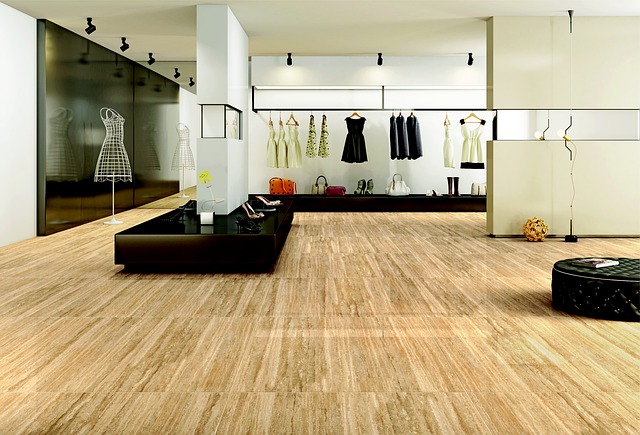
Ceramic Tile
Ceramic tile is attractive and durable. It won’t fade or stain, it cleans easily, and is not merely water resistant but, when installed correctly, fully waterproof. True, ceramic tile is also expensive, but its advantages make it well worth considering for at least some areas in a bathroom.
Like tile intended for floor use, wall tile comes glazed and un-glazed, plain and patterned, and in an unlimited palette of color. In addition to buying stock machine- finished tiles, you can purchase hand- painted tiles or design your own patterns. Wall tiles commonly are 4 or 6 inches square, but many other sizes and shapes are available. Just be sure to use only wall tile for walls and floor tile for floors, since the two are made and finished differently.
You can apply ceramic tile to any drywall, plaster, or plywood surface that’s smooth, sound, and firm. Un-glazed tile probably will need to be sealed. Installing wall tile is a more difficult do- it- yourself project than laying a tile floor. If you’re inexperienced, hire a professional.
Glass block
Glass block is popular in bathrooms today because of its sleek modern look and its ability to transmit light while preserving privacy. It can be used to create both walls and windows. Glass block is very expensive when compared to other materials you might use. The cost can vary from $ 40 to $ 60 per square foot, depending on the complexity of the job, labor costs, and the block you select. It also is a tough job for do- it- your- selfers to do well, even with mortar less” do- it- yourself” systems. For professional results, it’s best to call in a mason.
Continue reading on Timing House Improvements

